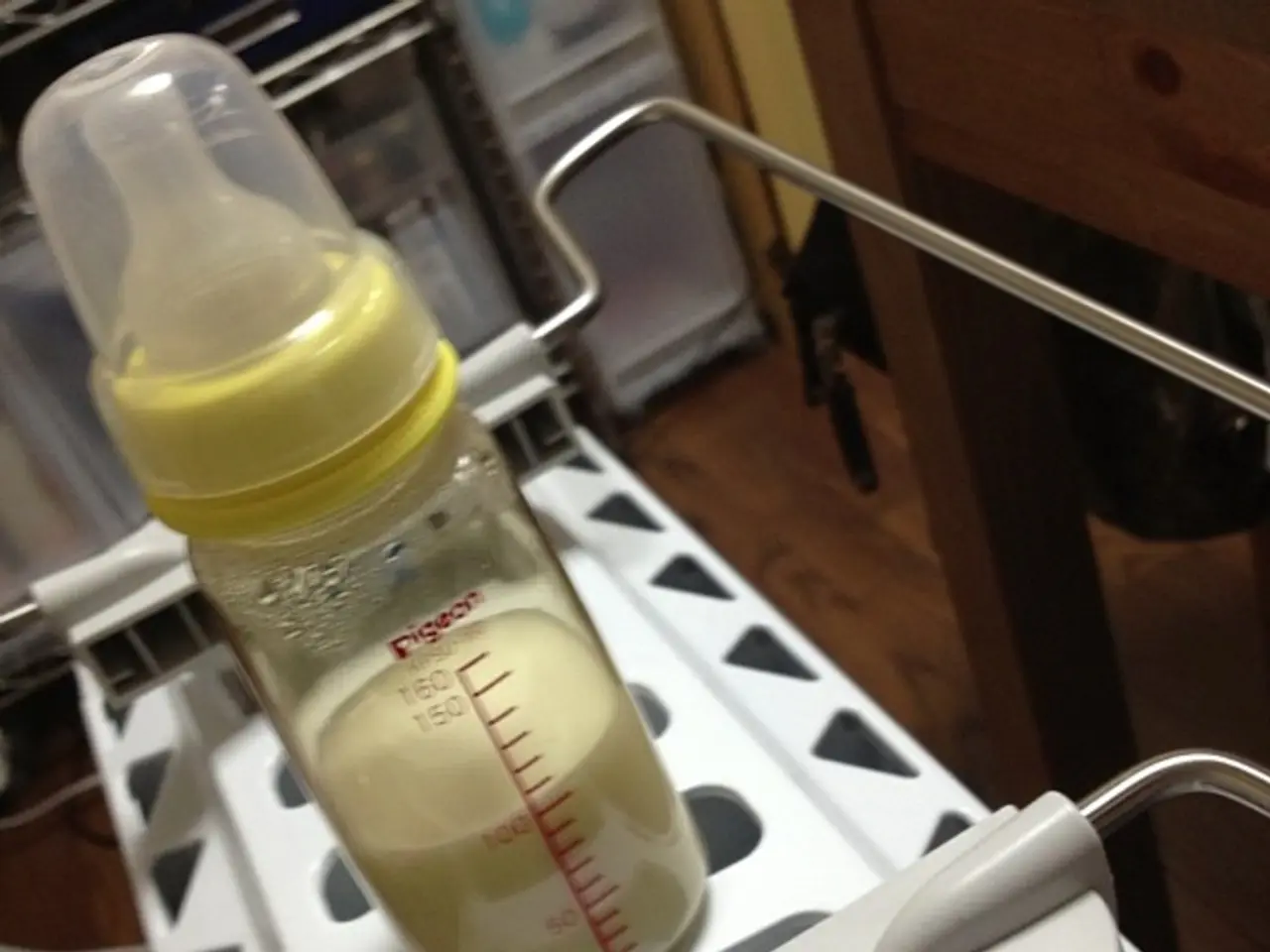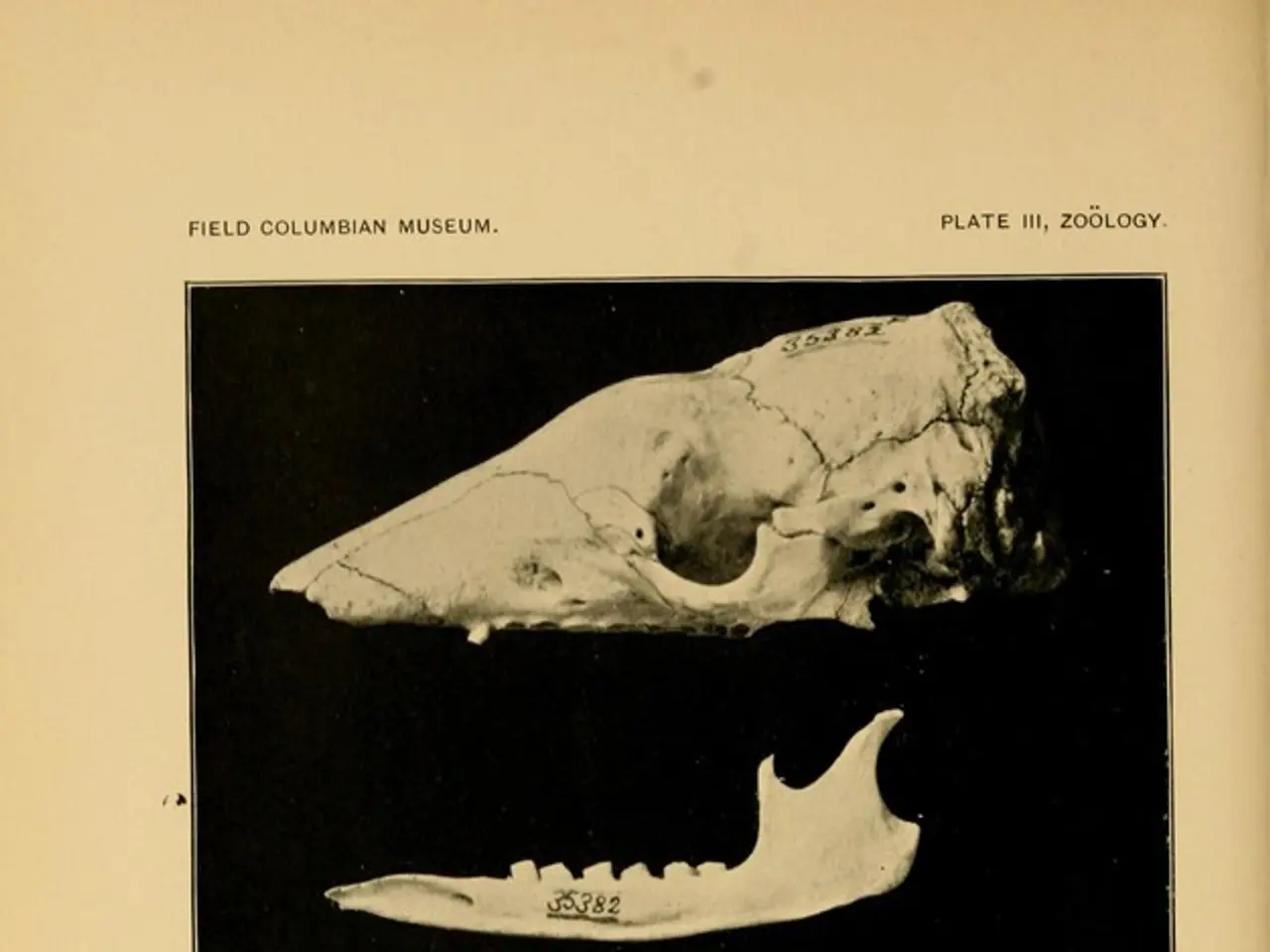Algae's Hidden Dangers: Domoic Acid and its Impact
Harmful Substance Found in Certain Seafood, Potentially Leading to Memory Impairment
Algae may seem like simple marine organisms, but they play a vital role in the ecosystem, especially as a crucial source of nutrition in the marine food chain. However, when these tiny organisms produce domoic acid, things take a nasty turn. This potent neurotoxin can wreak havoc on both the marine ecosystem and human health.
First discovered in 1991 on the West Coast of the United States, domoic acid comes from just a few diatom species, with only 28 known to produce it. Recently, two such species were found in farmed shellfish on Luzon Island in the Philippines during a 2023 algae bloom. The study of these findings was later published in Diatom Research. Domoic acid builds up in shellfish and resists both freezing and cooking, posing a significant risk when consumed in high amounts. This toxic encounter can lead to amnesic shellfish poisoning (ASP), characterized by symptoms such as short-term memory loss, abdominal cramps, diarrhea, nausea, vomiting, confusion, dizziness, respiratory secretions, and more.
ASP cases remain relatively rare, but the frequency of algae blooms is on the rise due to human activities. This startling trend raises concerns about the increasing chances of domoic acid contaminating our meals, leading to ASP. Thankfully, fish and wildlife agencies regularly test seafood as a precautionary measure.
The Rising Tide of Harmful Algal Blooms
In Southern California, harmful algal blooms (HABs) containing domoic acid have become more frequent over the years. Historically, these events occurred every four to seven years. However, the region has endured four consecutive years of HABs recently due to factors like nutrient-rich water upwellings, warmer ocean temperatures, and human activities such as wastewater runoff.
Public Health and Seafood Safety Concerns
Health Advisories: With increased HABs comes a heightened risk of ASP. Public health officials issue advisories to warn people about consuming potentially contaminated seafood, which can have severe consequences for their health.
Seafood Monitoring: Authorities meticulously monitor seafood for domoic acid levels to ensure it remains safe for consumption. This includes regular testing of fish and shellfish.
Environmental and Wildlife Impact
HABs can wreak havoc on marine ecosystems, causing sickness or death in marine animals, from sea lions to dolphins. Moreover, the disruption of marine food webs due to domoic acid contamination can lead to long-term damages to the ecosystem's health.
The green stuff in your fish tank is far more complex and powerful than you might think. Ensure youexercise caution when it comes to shellfish consumption, especially during the warmer months when harmful algal blooms are more prevalent. Make informed choices to protect your health and safeguard the delicate balance of our marine ecosystems.
- The increased prevalence of harmful algal blooms (HABs) in Southern California, containing the neurotoxin domoic acid, has escalated concerns about the rising risk of amnesic shellfish poisoning (ASP) for human health and wellness, particularly mental health due to symptoms such as confusion and dizziness.
- Diatom Research recently published a study on two diatom species found in farmed shellfish on Luzon Island in the Philippines, emphasizing the importance of understanding neurological disorders that can be caused by domoic acid exposure.
- To minimize the impact of HABs on public health and seafood safety, authorities issue health advisories and meticulously monitor fish and shellfish for domoic acid levels, recognizing that delays in addressing algal blooms can lead to long-term damages to marine ecosystems and the overall health-and-wellness of the environment by affecting various medical-conditions, including mental health, neurological disorders, and potentially causing a resurgence in the prevalence of specific science-based diseases.








